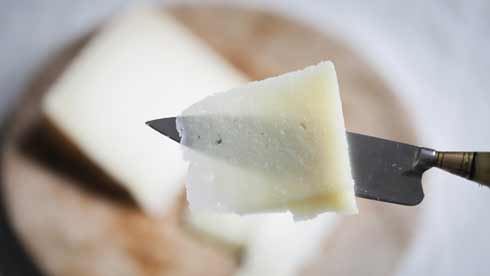SEA AND MOUNTAIN
Mar i muntanya "Sea and mountain", the Catalan expression referring to dishes made with both meat and fish, brilliantly evokes the exciting landscape of the region. Positioned where the Mediterranean coastline meets the Pyrenees, Catalonia has long used this geographical diversity to create one of Spain’s most distinctive food cultures. From cheeses inspired by Alpine recipes to pasta crafted with spring waters, the creativity of the Catalans seems boundless.
It was here that the idea of Brindisa began to take root when Monika Linton, Brindisa’s founder, became enamoured with the quality and diversity of Spanish ingredients, while working in a Catalonian restaurant in the late 1980s.
Tradition and innovation are also two contrasting concepts that describe Catalonia well, and this can be seen in its gastronomy. The region's industry has always been a significant driver of the country's economy, and its capital, Barcelona, an international reference for modernism, could be considered Spain's gateway to Europe. However, its reverence for tradition and its ambition to preserve its culture and language will always be emblematic of Catalan identity. Two ingredients that harmonise perfectly and are part of the character of the Catalans and their products.
By the fertile lands of the Ebro River Delta, in the town of Sant Jaume d'Enveja in Tarragona, we encounter the first example of this delightful pairing. Juan Trias del Romero cultivates exclusive rice grains on his family estate, Illa del Riu. Through a thorough seed selection process carried out in their specialised facilities, they have positioned themselves as one of the world's top rice producers. Their varieties, especially Bomba and Bahia rice, are used by Michelin-starred chefs seeking excellence and the unique properties these grains offer. The project dates back several generations when, over a hundred years ago, a retired captain of the Spanish Navy bought the land with the intention of bringing prosperity to the community. With dedication and perseverance over the decades, the Del Romero family elevated one of the most significant ingredients in Mediterranean gastronomy.
Despite its popularity, rice is not the most common dish on a Spaniards’ table. Bread is undoubtedly one of the essentials of Spanish meals, and you will find a bakery on every street, in every town or city in the country. Operating from his workshop "Cal Mossen" in Folgueroles, north of Barcelona, Ángel aspires to transform this ancestral food into poetry. Drawing inspiration from a local recipe and using only the highest quality flours, Ángel revived a lost dough-stretching technique known as "ventat" to craft his "coca de Folgueroles." After eight hours of leavening, the dough is carefully stretched by hand, ensuring that the fermentation bubbles remain intact. Following the baking process, a flat and light bread, approximately one meter long, is produced. Once sliced and toasted, it becomes the perfect canvas upon which to rub a ripe tomato and recreate the renowned “pan con tomate” (tomato bread).
Just like in many other Mediterranean communities, pasta is also the star ingredient in many Catalan dishes, such as "galets", a soup made with snail-shaped pasta filled with meat, or the multiple versions of the seafood dish fideuà (a dish like paella made with short pasta noodles). In Caldes de Montbui, renowned for its thermal waters, the Sanmarti family has been producing handmade pasta for ten generations. In 1700 Isidro Sanmarti started experimenting with the properties of the waters, and by mixing them with wheat flour, he obtained an excellent fresh dough. While perfect for immediate consumption, the dough had limitations when it came to preservation. After several attempts, he managed to extend its life by turning it into "fideus" (noodles) with the help of a homemade engineering device. Their factory, located just meters away from one of the thermal springs, is like a portal to the past. At the centre of the scene, the pasta-shaping machine still operates as it did on its first day, despite its nine decades of service. Before being hand-packaged, the pasta rests in sturdy, two-meter-high wooden cabinets specially designed to facilitate the drying process.
Another example of a centennial Catalonian product is found further north, in Vic. Here, the Riera-Ordeix family has been following the same recipe to craft their exquisite Salchichón de Vic for 170 years. The humid climate of the region is ideal for producing cured meats, and traditionally, the area has always been associated with pork production. From the second half of the 19th century, taking advantage of the recent modernization of Spanish roads, Josep Rieira, discovering the popularity of his product, he began to commercialize the Salchichón de Vic, and subsequently founded "Casa Riera Ordeix" with in-house production. Their charcuterie quickly became a benchmark for quality, not only in Spain but across Europe. The key to success lies, of course, in the quality of their raw materials but also in the meticulous method of natural curing. Their fuets and salchichones are dried at the company's headquarters, located in the heart of the city of Vic, where they hang from long wooden beams, that contribute to the curing process. To ensure constant drying, the temperature and humidity of the room are regulated by opening and closing the windows, as was traditionally done. Before being distributed throughout Europe, parts of Asia, and the UK, the sausages are hand-wrapped, providing an added guarantee of the product's quality and artisanry.
The commitment of Vic to gastronomic traditions can also be appreciated at Lactium, the largest artisan cheese festival in Spain. More than three hundred cheeses are put on display from 40 Catalan dairies, demonstrating the diversity of the region. Among them, we can find two Brindisa favourites': Garrotxa and Ermesenda. The first is a goat's milk cheese, "de pell florida" (with a bloomy rind), native to the area that gives it its name, La Garrotxa. The cheeses are aged in volcanic caves where the rind takes on a smooth texture and a characteristic ashy grey colour, contrasting with the whitish and firm paste hidden inside. This almost-forgotten recipe has been revived in recent decades thanks in part to the dedication of dairies such as “La Bauma,” a project that started in the eighties with the goal of reviving traditional cheeses. Ermesenda is an organic cheese made with raw cow's milk. In the early 2000s, Salvador Maura decided to shift his career and dedicate himself to his passion, founding the dairy “Mas D'Eroles”. Drawing inspiration from Alpine recipes and testing the potential of the Pyrenees, he shaped his Ermesenda, a cheese with a complex and persistent flavour, that easily melts, similar to raclette.
The Catalan capital, Barcelona, needs no introduction. Internationally renowned for its culture and avant-garde architecture, it also boasts an exciting gastronomic scene with its own distinctive personality. La Boquería market is a gift for the senses that, with its explosion of colours, aromas, and flavours, attracts thousands of visitors every week. The popular brand Perelló had its humble beginnings in this market when, in 1964, Gaspar Perelló began trading in olives and pickles, quintessential elements of Spanish snacking culture. Perelló has now expanded its snack offerings, to include a new selection of nuts, featuring Marcona almonds, a Mediterranean variety known for its quality and flavour.
Long before the market opened its doors, Gabriel Amatller was already selling artisan chocolates made in his workshop in the central district of El Born. Years later, his small business would become Chocolates Amatller, which, with its iconic image and over two hundred years of market experience, stands as one of the most emblematic chocolate brands in Spain.
This entrepreneurial Catalan spirit is evident in younger generations too. In a former factory in Barcelona, "Rooftop Smokehouse" smokes and pickles locally sourced products. An initiative that originated when a group of friends decided to experiment at home with an empty wine barrel and a recipe of Romanian origin for smoking pastrami. Soon, their hobby turned into a promising business with unique products, such as their smoked chili peppers, challenging to smoke naturally due to their low-fat content. But Catalans have never shied away from challenges. Their commitment to both artisanry and innovation gives rise to a surprising creative force, much like a "mar i muntanya" dish.
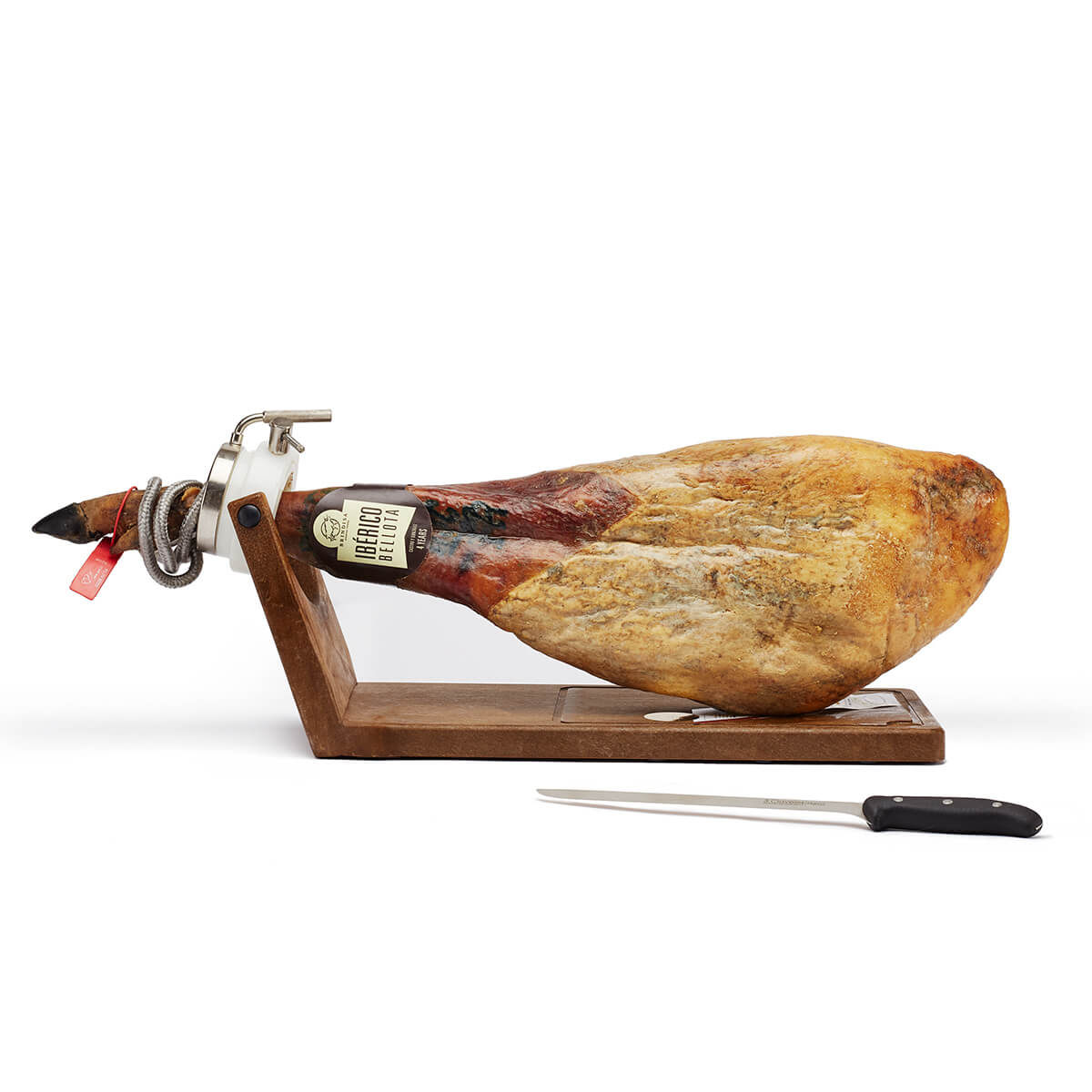 Brindisa Bellota 75% Iberico Ham Kit
Brindisa Bellota 75% Iberico Ham Kit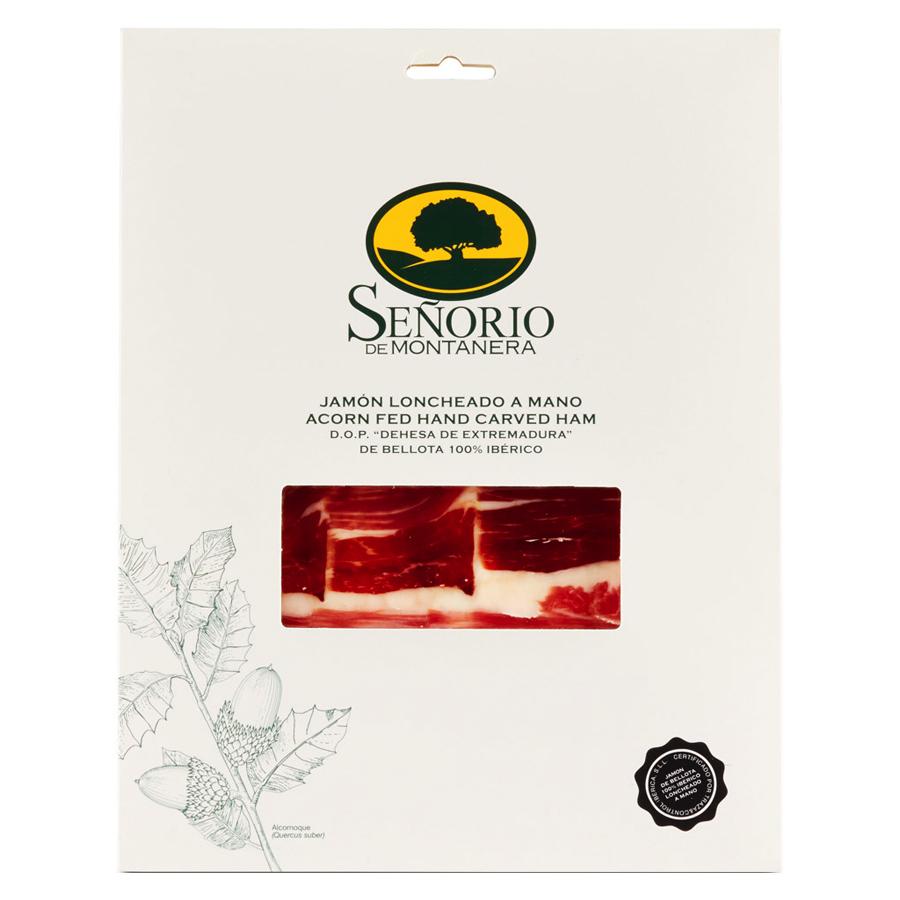 100% Iberico Hand-Carved Ham
100% Iberico Hand-Carved Ham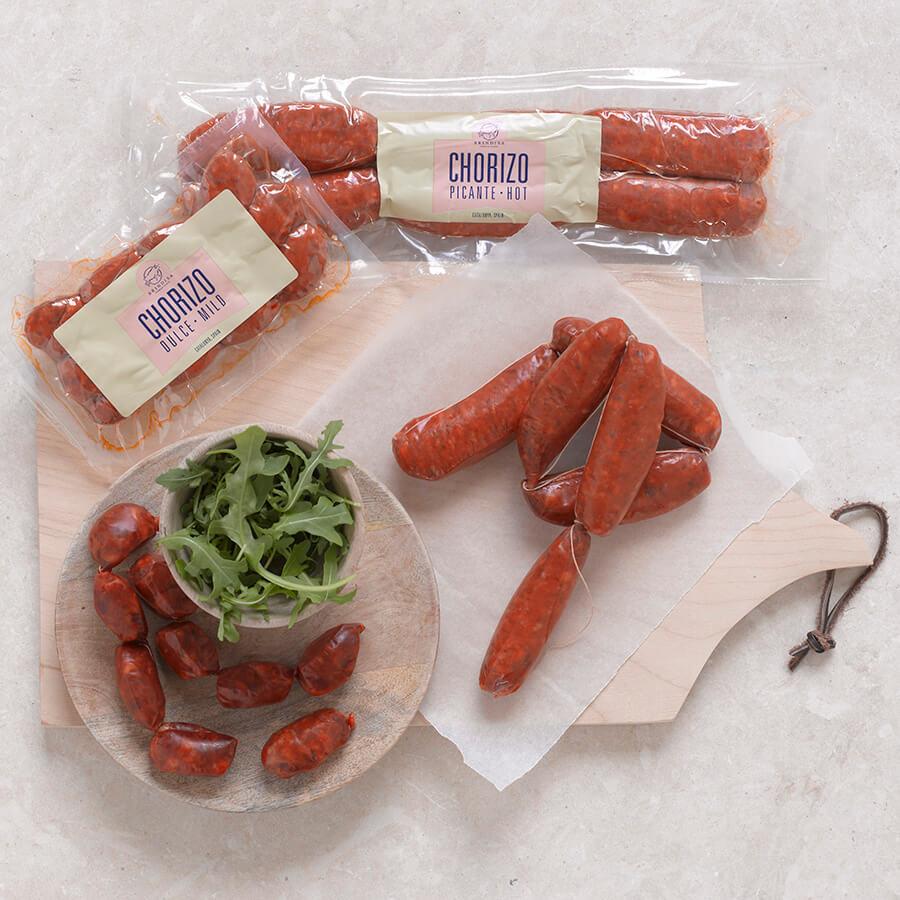 Cooking Chorizo
Cooking Chorizo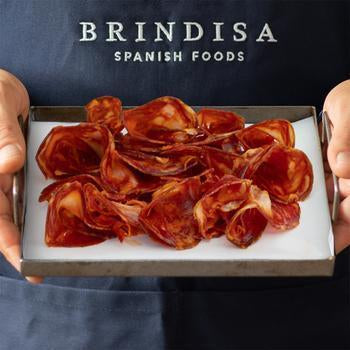 Freshly Sliced Charcuterie
Freshly Sliced Charcuterie Truffle Manchego
Truffle Manchego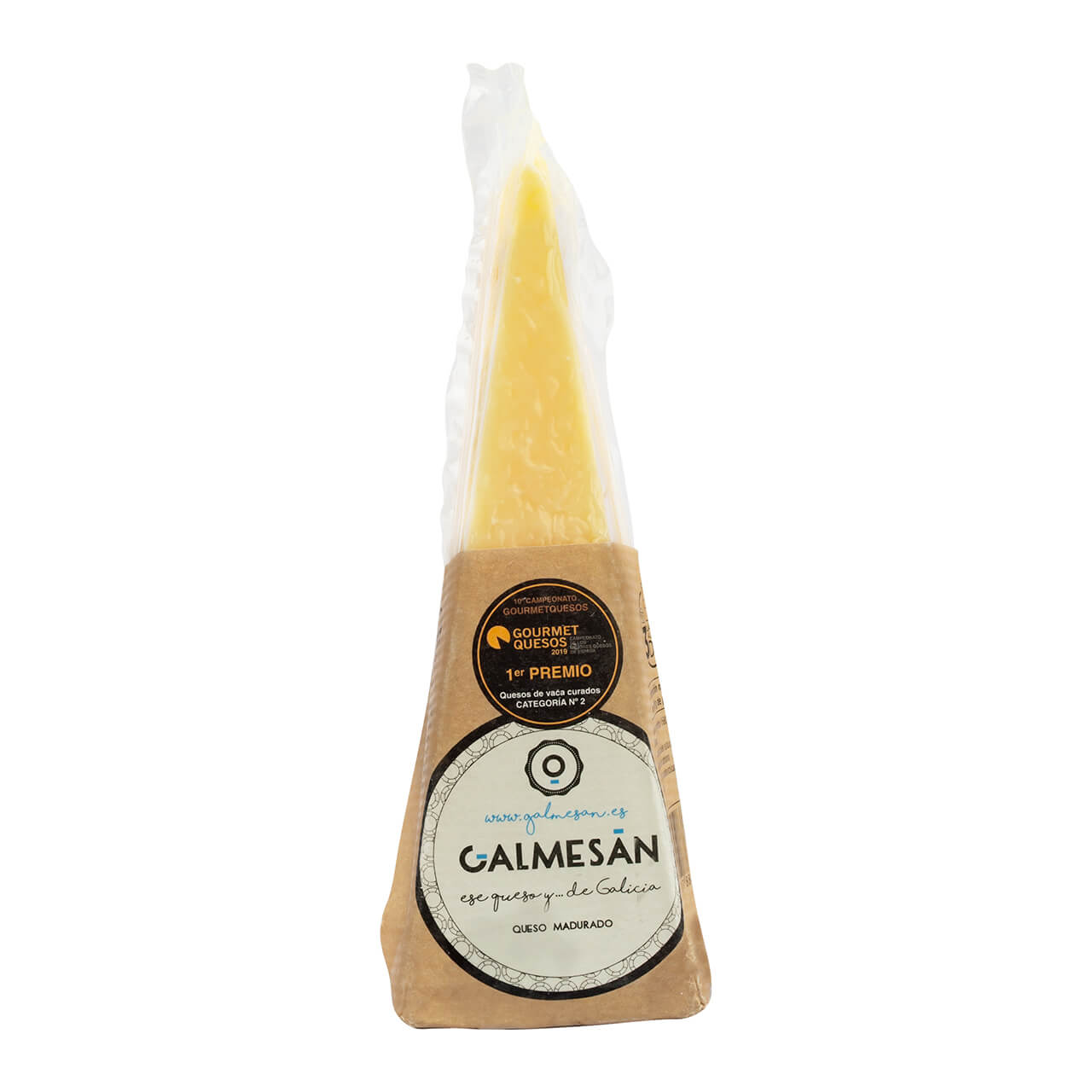 Galmesan Wedge
Galmesan Wedge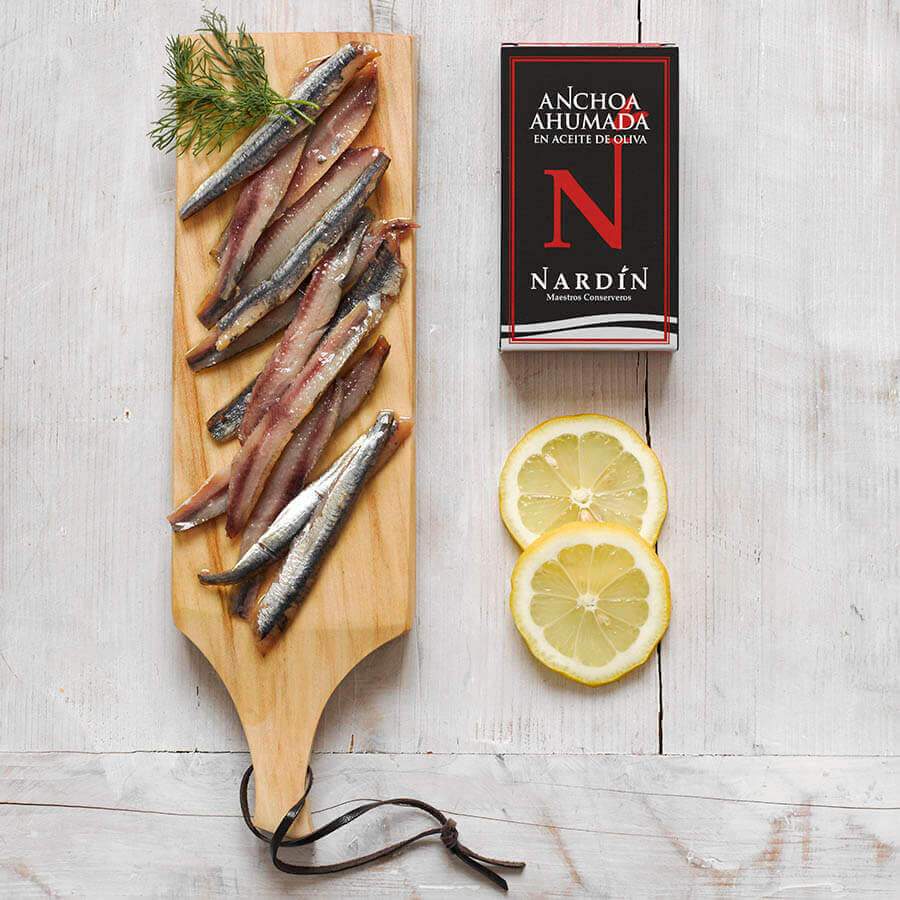 Beech Smoked Anchovies
Beech Smoked Anchovies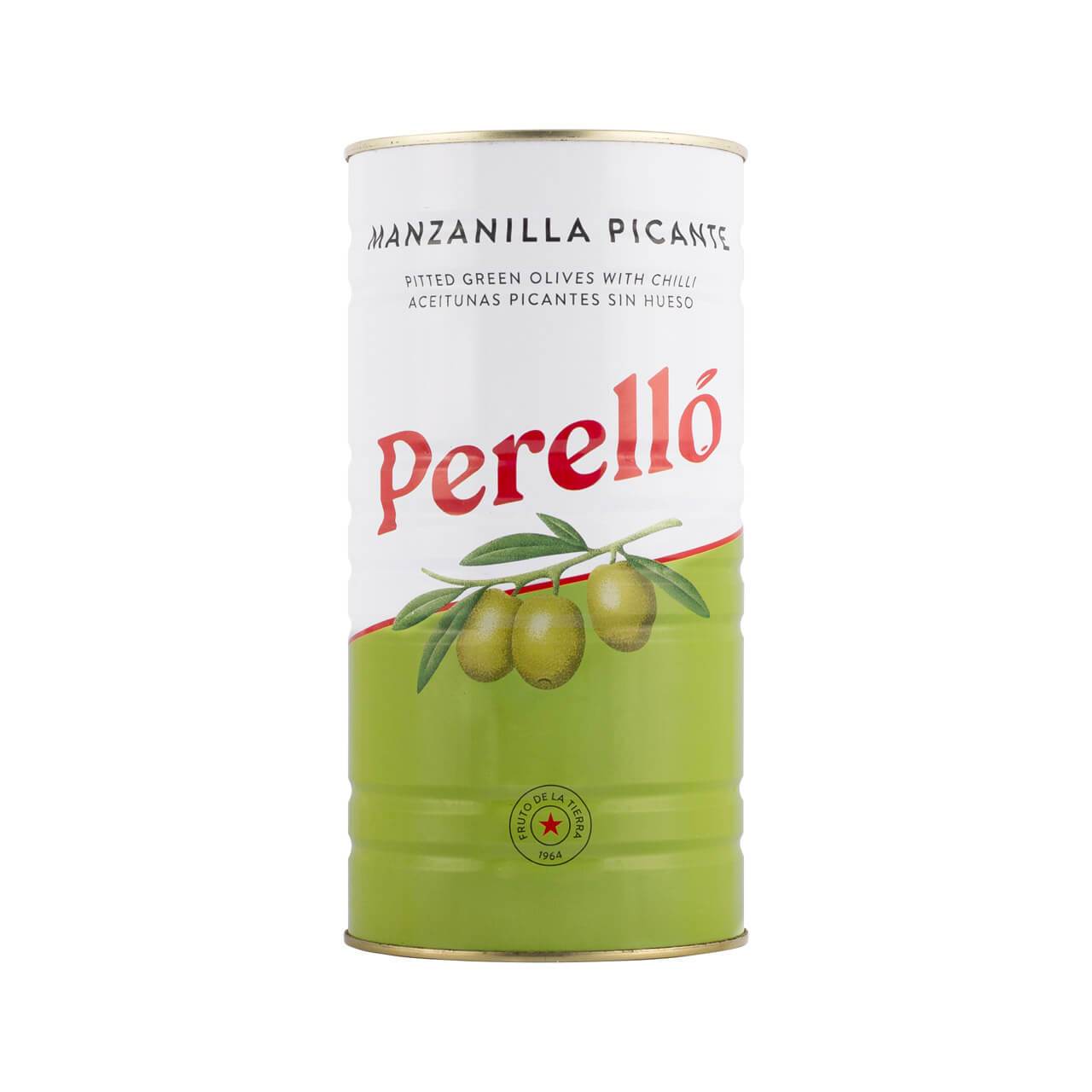 Perello Manzanilla "Martini" Olives
Perello Manzanilla "Martini" Olives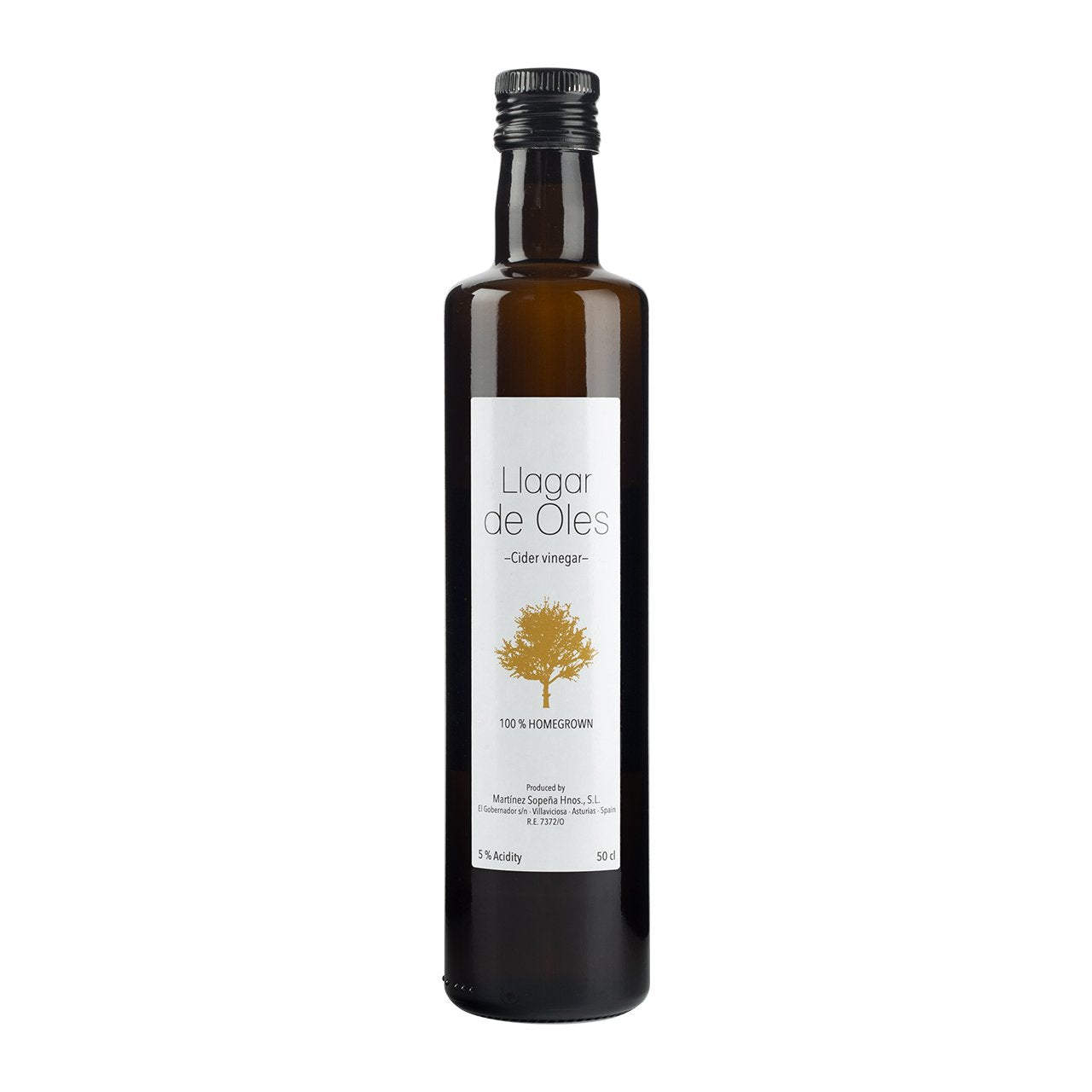 Apple Cider Vinegar
Apple Cider Vinegar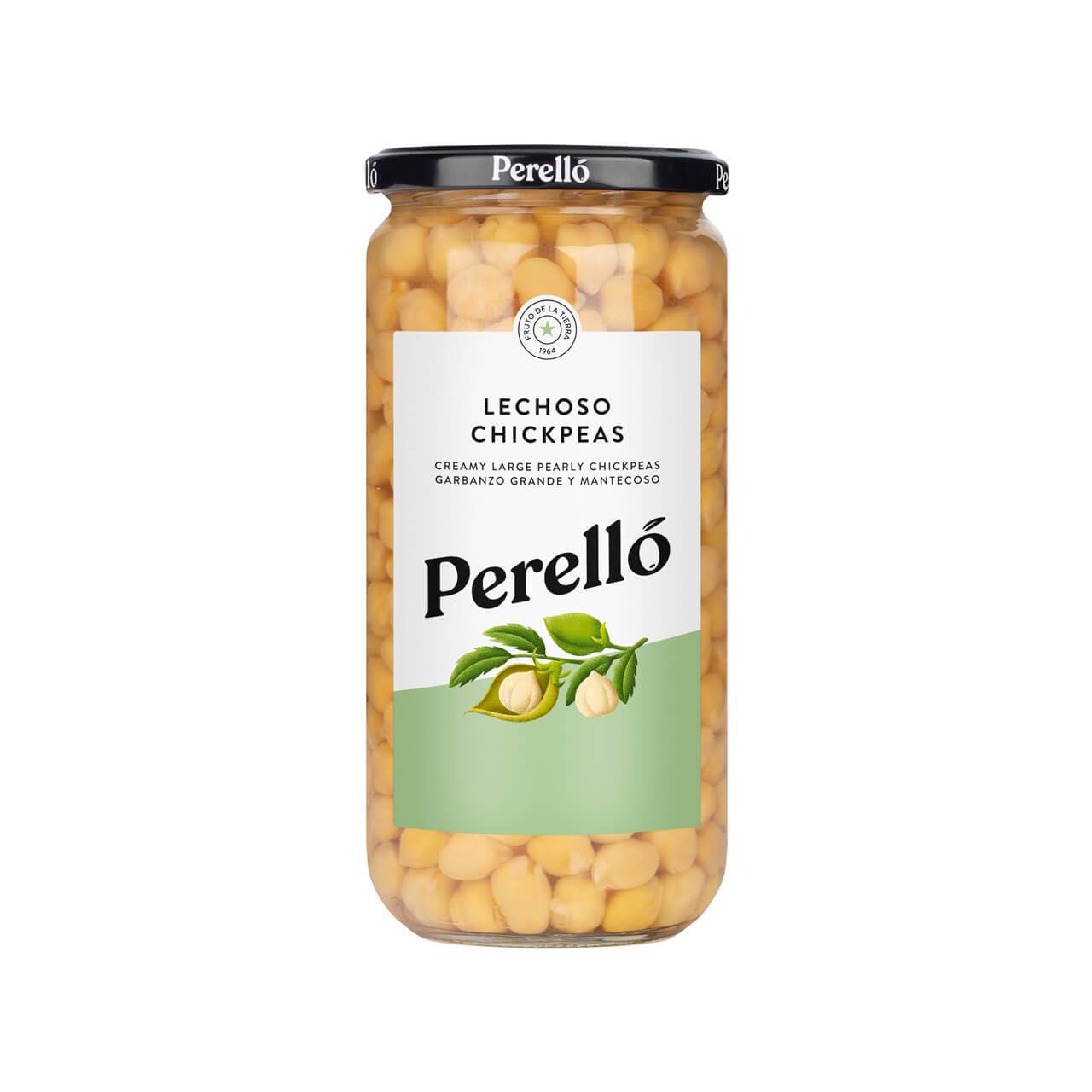 Perello Chickpeas
Perello Chickpeas Buy a Gift Card
Buy a Gift Card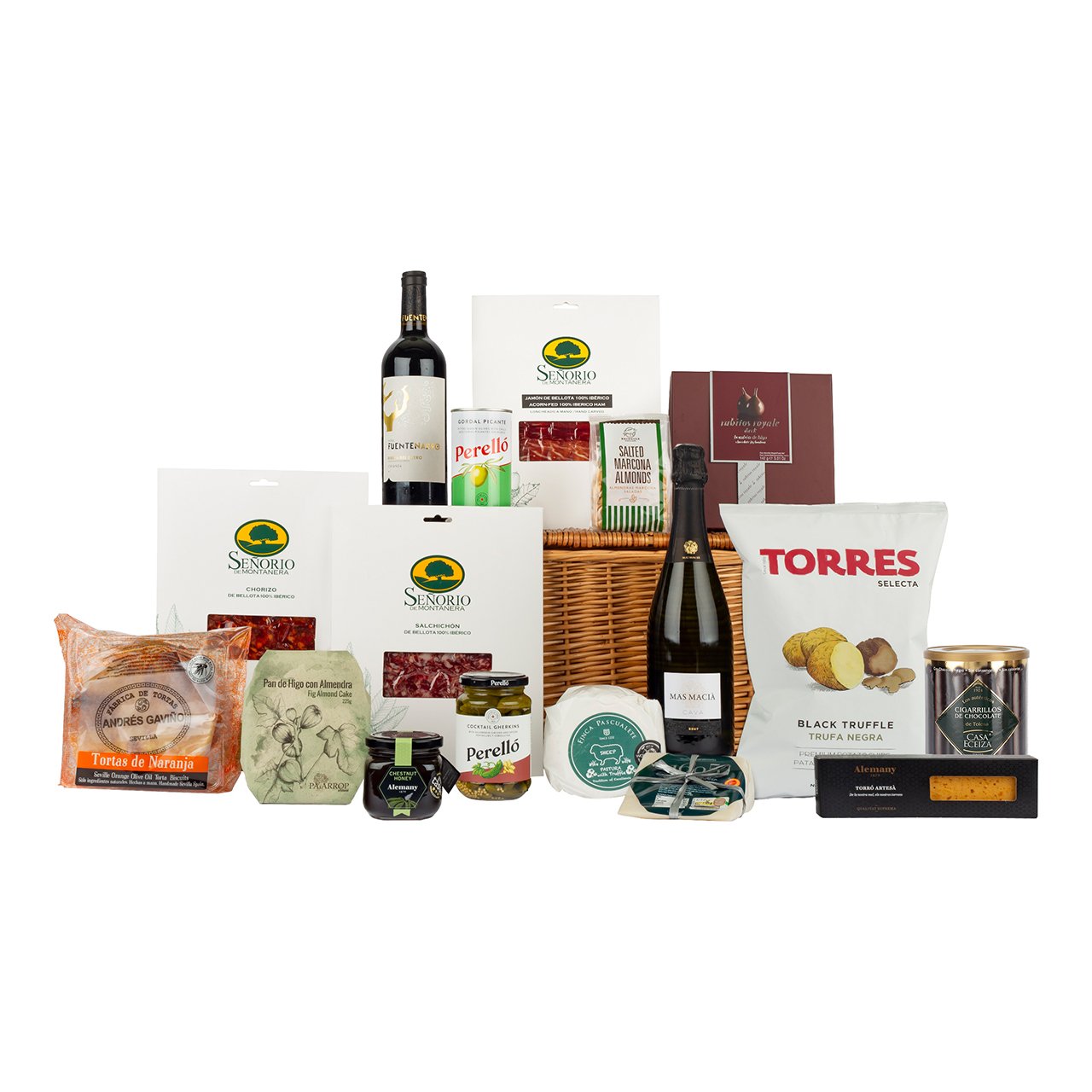 Celebration Hamper
Celebration Hamper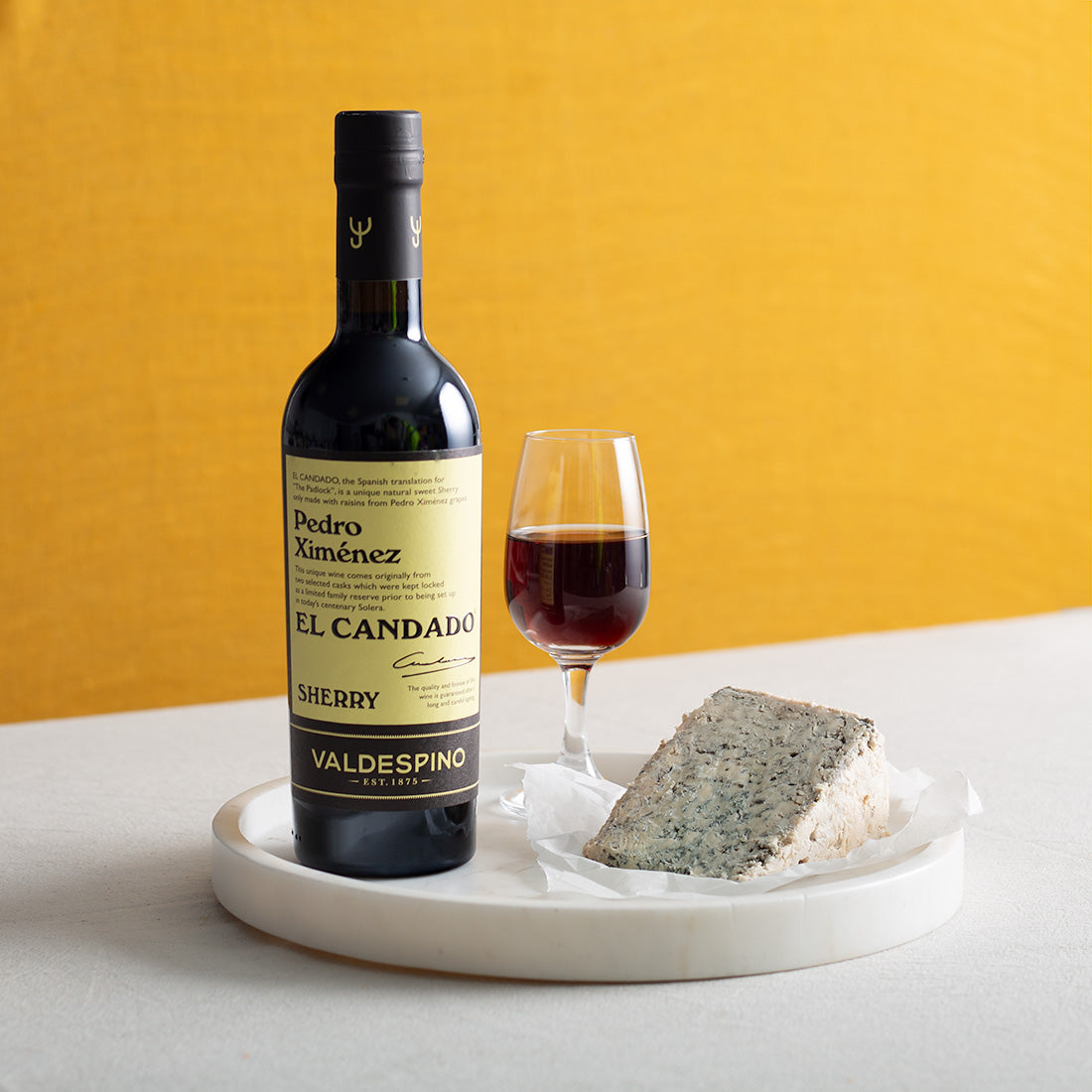 Sherry
Sherry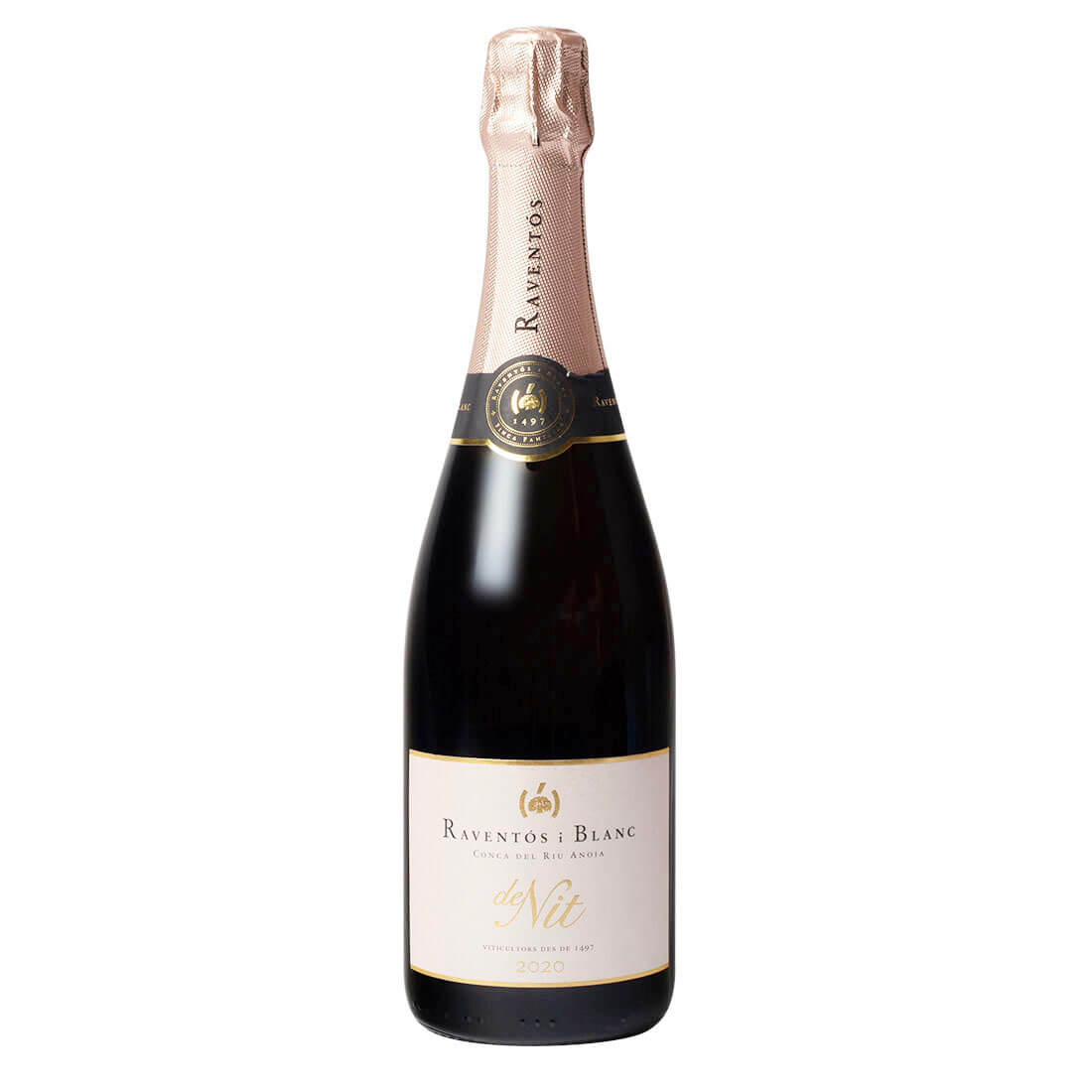 Sparkling Cava for Christmas
Sparkling Cava for Christmas Perello Olives
Perello Olives Navarrico Butter Beans
Navarrico Butter Beans





